How to Tackle Challenges in the Workplace
Today’s workplace presents various challenges, from bridging skills gaps to re-igniting the spark in disengaged employees. These obstacles profoundly impact both professional and personal lives. This piece explores four common workplace challenges affecting our professional environments and provides actionable advice for business leaders, small-scale entrepreneurs, and the workforce. If you’ve felt the impact of challenges in the workplace, stick around for some real talk.
Common Workplace Challenges
1. Skills Gaps and Training Deficiencies
Amidst all this, 70% of business leaders express concern about skills gaps within their ranks, pinpointing it as a barrier to their company’s performance. Even as industries evolve at breakneck speed, insufficient training means that employees often scramble to keep up. Without the right professional development, team members may be ill-equipped to succeed in current and future business environments. This deficiency negatively impacts employee satisfaction and can significantly hamper productivity and morale.
2. Wage Disparities
Speaking of morale, let’s talk paychecks. Recent statistics are quite revealing – showing a growing gap in earnings. For example, between 2019 and 2022, the highest earners saw their incomes increase by 22%, while those in the middle bracket experienced a more modest 5% rise. It’s no surprise that this kind of wage disparity can negatively impact company culture, leading to workplace dissatisfaction.
3. Workplace Conflict
Workplace conflict adds another layer of difficulty, with a significant 85% of workers experiencing clashes on the job. Half of these conflicts are due to personality clashes. Managers spend a good amount of their time resolving these issues. When poor communication and cultural differences are added to the mix, it creates a less-than-ideal work environment, impacting employee satisfaction.
4. Employee Engagement and Retention
Engagement levels are alarmingly low, with only 23% of employees feeling engaged at work. The majority (62%) are not engaged, and 15% are actively disengaged. Gallup estimates that this disengagement costs the global economy $8.9 trillion, or 9% of global GDP. Low engagement often leads to poor work-life balance, mental health issues, and high employee turnover.
How to Overcome Workplace Challenges
Addressing Skills Gaps with Proper Training
Business leaders should invest in comprehensive training programs to tackle the skills gap. This includes regular team meetings, workshops, and online courses that align with current and future needs. Providing career growth opportunities and encouraging professional development can help retain high-performing employees and enhance overall productivity. Offering employees opportunities for career growth through professional development programs can improve job security and retention. These programs should be tailored to individual career paths and aligned with organizational goals to ensure long-term success.
Promoting Wage Equity
Creating a transparent wage structure that rewards performance and skills can help address wage disparities. Ensuring that compensation is fair and competitive across all levels of the organization can boost morale and foster a positive work culture.
Managing Conflict Through Effective Communication
Improving team communication is crucial for resolving conflicts. Encourage employees to communicate effectively and transparently. Regular team-building activities can improve team dynamics and reduce personality clashes. Managers should also be trained in conflict resolution to handle workplace problems swiftly and fairly. Poor leadership and executive uncertainty can lead to decreased productivity and employee burnout. Leaders should strive to communicate effectively, make informed decisions, and be transparent with their team. This builds trust and ensures everyone is on the same page, working towards the same goals.
Enhancing Employee Engagement
Boosting employee engagement requires a multifaceted approach. Encourage collaboration and recognize employee achievements to foster a sense of belonging and purpose. Flexible work hours and remote work options can help employees achieve a healthy work-life balance. Regularly seeking employee feedback and acting on it demonstrates that their opinions are valued and can improve job satisfaction.
Fostering a Positive Work Environment
Creating a positive work environment is essential for tackling common workplace challenges. Promoting a culture of respect and inclusivity enhances employee morale and retention, ensuring team members feel valued regardless of background or sexual orientation. Encouraging transparent communication and providing mental health support can boost workplace satisfaction. Addressing workplace issues is crucial for organizational success. Businesses can foster a positive culture by focusing on skills development, equitable wages, effective conflict resolution, and employee recognition. This approach enhances productivity, reduces employee burnout, and offers a competitive advantage, benefiting the entire organization and improving both professional and personal life.






